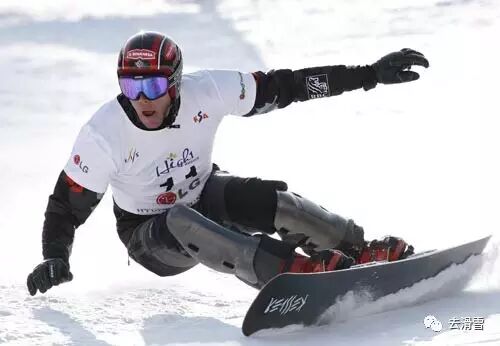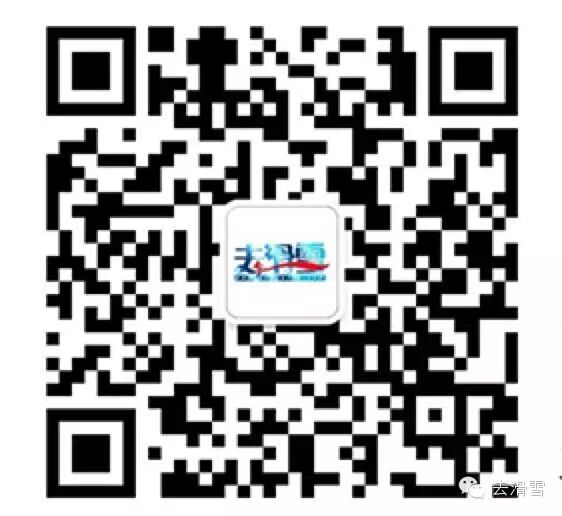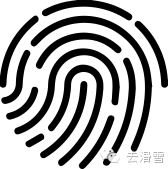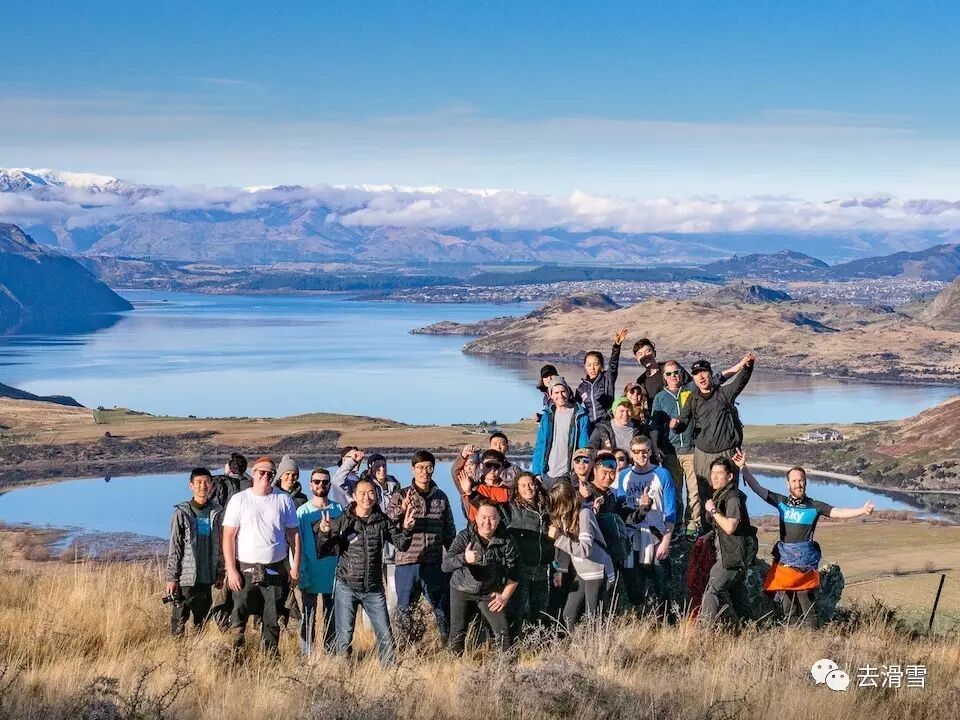The essential step for aspiring advanced skiers: Master the art of turning!


This time, what I'm sharing with everyone isJapan Snowboard Slalom Practice Tutorial(Shared snowboarding tutorial ☞The essential step for intermediate skiers: Mastering the challenge of parallel turns!), the video not only provides a detailed explanation of both big and small turning maneuvers but also offers targeted solutions tailored to common issues. Without further ado, here’s the video for you: (30 minutes long—definitely worth saving first😉)
Mountain-Return Practice:
Remember the motion of turning the snowboard—after the turn, press down firmly on the edge, maintaining a smooth edging action. Be mindful not to overextend your back as you shift your weight onto your heels, helping to stabilize your balance during the turn.
Mixed practice in the mountain and valley approach:
Don't lean your body too far.Keep your body upright., perform a straight gliding motion while descending along the runout line.
One of the characteristics of the back-edge turn isThe direction ahead is difficult to see.. The transition between edges must be completed using a direct traverse.
The second half of the turn is executed by shifting your weight.Knee-bending motion presses the edge blade
Key points for controlling and practicing giant slalom:
Practice transitioning smoothly from the snow-scrubbing motion to the edging motion.
The purpose of the snow-scrubbing motion is toKeep your body in vertical balance.While scraping the snow, simultaneously pivot the blade. Once the direction of travel is set, apply even pressure along the edge as you move forward.
Practice transitioning from edging to the snow-scrubbing motion: Transition laterally from edging to a straight descent. Use lateral turning movements to control the accelerating snowboard. Focus on maintaining your sense of balance on the board.
The movement of the calf: Lean your lower legs toward the toes and heels. Practice moving your lower legs side to side (leaning into the edge). During back-to-back turns on the back edge, shift your upper body inward.
Common Questions and Solutions for Giant Slalom:
Common mistakes: Applying too much upper-body force and leaning forward; sliding with knees caving inward; tilting the face too far forward; shifting your weight excessively onto the front leg; losing balance from side to side; and failing to engage the edges properly.
Practice exercise: While gliding, use both arms to form a circular motion—when pressing onto the forward edge, lean your waist forward; when pressing onto the back edge, wrap your arms around your chest in front. AndTwo-arm alternating exercises, drills to strengthen the counter-twist posture, continuous up-and-down floating exercises, and alternating position drills(Enhanced Blade-Change Technique)– Alternating arm-reaching exercises, and eye-covering gliding drills(Enhanced Visual Alternation)
Common Issues in Slalom Skiing and How to Fix Them:
Frequently Asked Questions: You keep thinking that your body can’t fall behind, which causes your center of gravity to shift too far forward; meanwhile, your front shoulder drops excessively, weakening the pressure applied by your back foot on the board.The short turn emphasizes not only edging with the front foot but also focuses on applying extra pressure to the back ski.(Use your back foot more effectively!) With an outward-facing stance, it’s crucial to enhance the swing of your back foot within the balance zone. When pressing onto the forward edge, some skaters find their back leg loses strength—meaning their body weight isn’t properly transferred over that foot.So when performing the front-edge edging motion, be sure to feel the pressure building in your back leg.
Frequently Asked Questions: Scraping off too much snow can dull the blade.Corrected practice methods:Jump-and-Turn TechniqueThe jumping method involves firmly planting both feet onto the snow surface—key is to maintain control and grip the landing spot. This precise, secure stance is an effective way to prevent scraping the snow, so practice regularly to develop a strong sense of balance and control while standing on the board.
Frequently Asked Questions: The hind leg did not participate in the movement.Corrected practice methods:Emphasize practice with the back foot, Strengthening exercises for the ankle angle"Small turns are often mistakenly perceived as emphasizing only the front-foot movement. As a result, there’s frequently a tendency for the center of gravity to shift away from the tail of the board."
Frequently Asked Questions: Run-For-Your-Life Type.Corrected practice methods: Practice of gliding at the end of the board (effective for those who struggle with back bends).
Frequently Asked Questions: Upper body zombie-like.Corrected practice methods: Practice waving your hands freely.
Level-Enhancing Practice Method:
Change-of-Pace Training: Adjust the pace by varying the speed—speed up your rotations during fast-paced moments, and perform wide, sweeping push-and-pull motions when the rhythm slows down.
Incorporate jumping exercises into the rotation routine.:The basic movement involves the body moving up and down, with your feet landing directly on top of the board.
Training with arms swinging left and rightSwing your arms side to side while gliding, making sure to properly edge with the forward edge.
Hands-Behind-the-Back Exercise: Backhand movement. Slight adjustments to the body—left and right—are crucial.
 Check out the original article—more skiing tutorial videos are waiting for you!
Check out the original article—more skiing tutorial videos are waiting for you!


 WeChat ID: quhuaxue01
WeChat ID: quhuaxue01 Long press the QR code on the left to follow us.
Long press the QR code on the left to follow us.![[Original] No Need to Splurge: A Guide to Shopping for Ski Gear at the Most Successful Store in Ciqikou](https://api.zsiga.xyz/mp-weixin-attachment/cover/19/400462544_1.jpg)
![[Equipment Purchase] Join a group to buy snowboard gear—come and make plans now!](https://api.zsiga.xyz/mp-weixin-attachment/cover/19/400781745_1.jpg)
